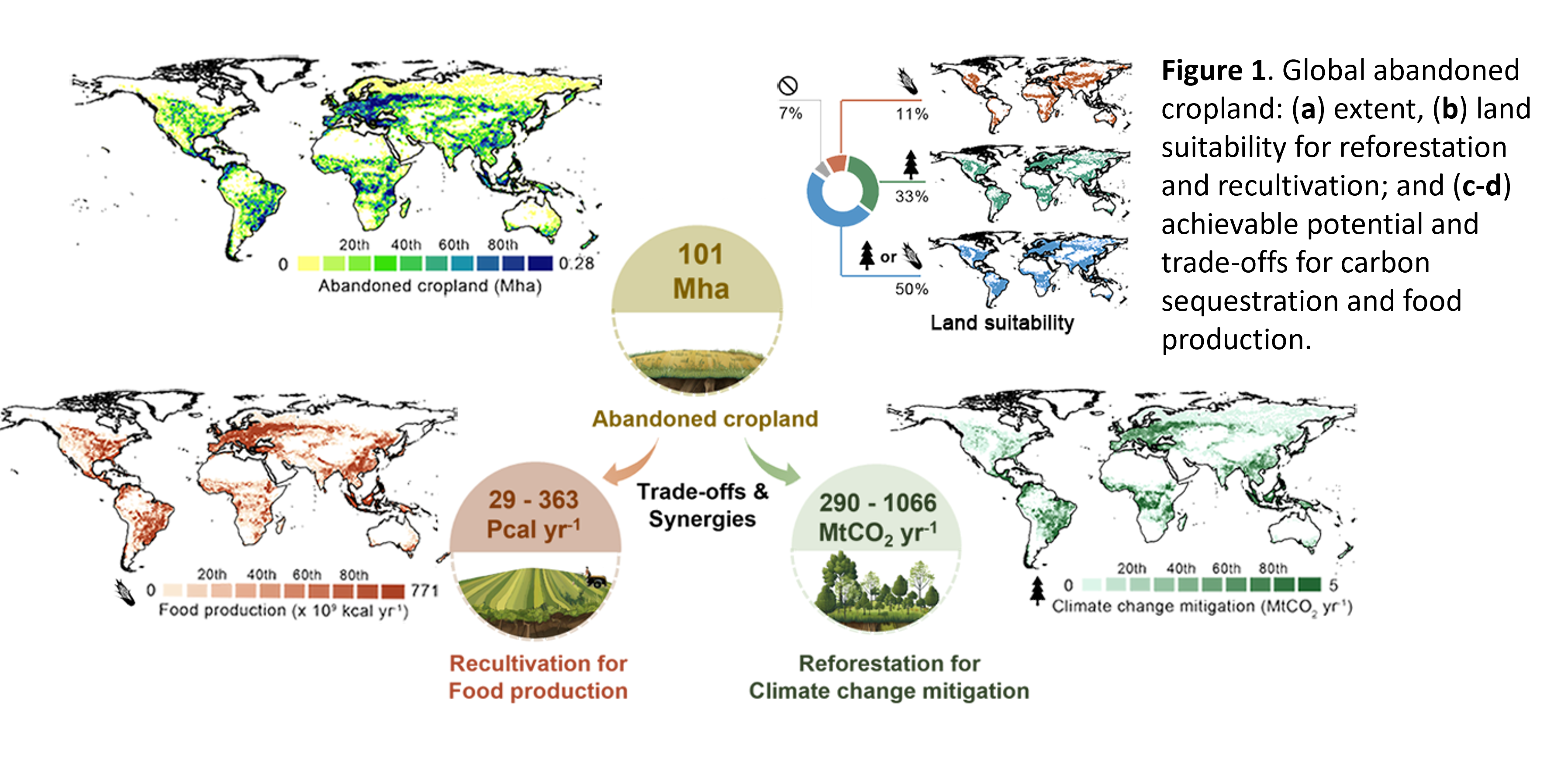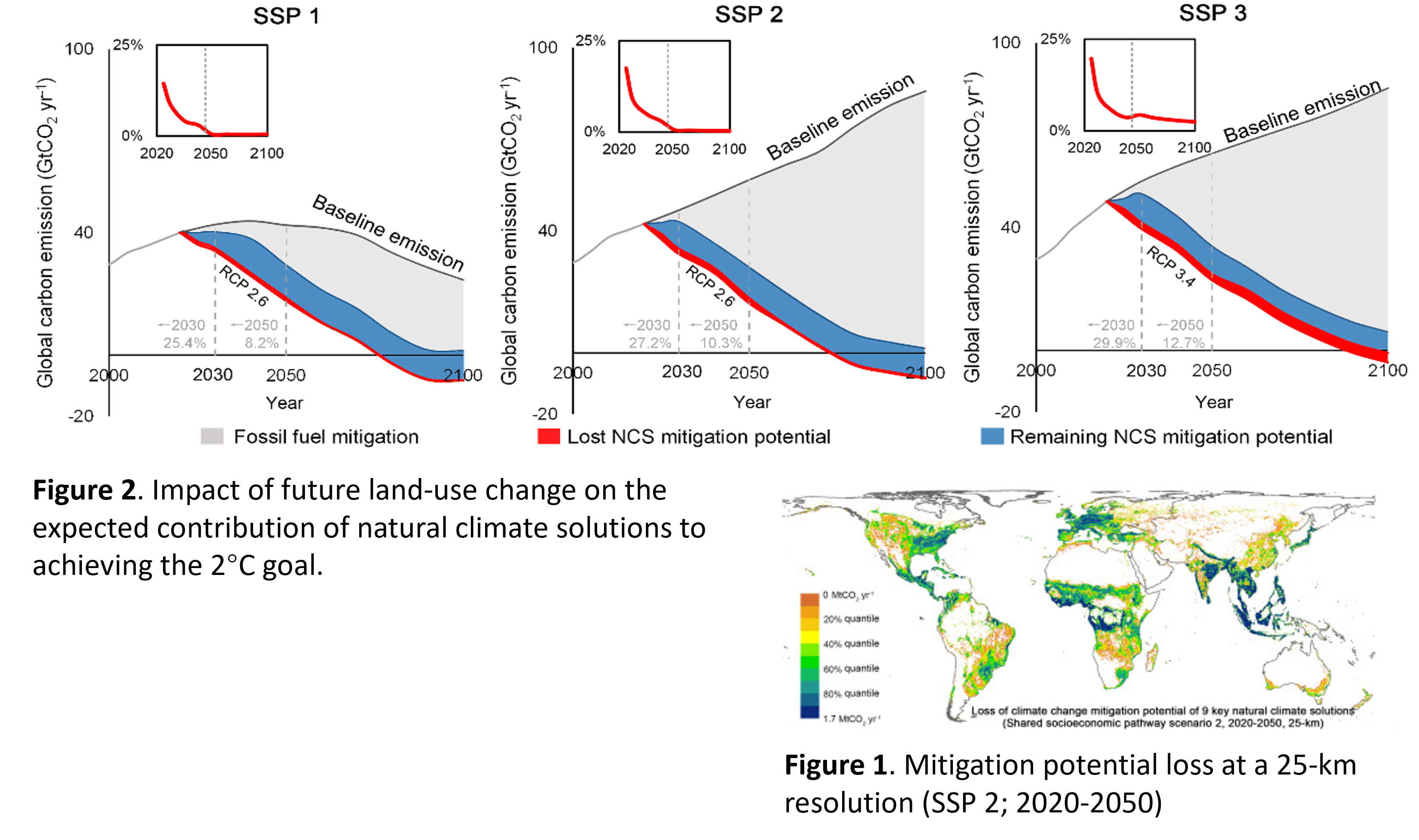Understanding the Urban-Climate-Environment nexus with geospatial data, model, and ML/AI techniques.
see full publication list in Publication or Google Scholar
Topic 1: Understanding Global Urbanization for Sustainable Development
1. Characterizing urban land changes of 30 global megacities using nighttime light time series stacks
We proposed a methodology framework to characterize diverse urban land changes of 30 global megacities using monthly nighttime light time series from VIIRS data. Urban land changes occurred in 51% of the built-up pixels of the megacities. Compared with urban growth, other types of urban land change, particularly land use intensification, contributed to an unexpectedly large proportion of the changes (83%). (ISPRS, 2021) [PDF][Online]

Topic 2: Nighttime Light Remote Sensing
1. 30th anniversary of nighttime ight remote sensing for urban applications: Progress, Challenges, and Prospects
Nighttime light (NTL) remote sensing data offer unique capabilities to characterize both the extent and intensity of human activities and have been extensively used to understand urbanization for over 30 years since 1992. The recent proliferation of NTL sensors, algorithms, and products creates new opportunities to understand contemporary urbanization and the associated socioeconomic and environmental changes. We conducted a comprehensive literature review to understand the trends in how NTL data have been used to study urbanization (e.g., with which data products, during which time span, and in which geographies) and to synthesize the progress and challenges of key urban application topics. Based on our review, we identified four research directions for future NTL-based urban applications: (1) a better understanding of scale effects and sources of variations in NTL data; (2) integrating multi-source NTL data and synergizing NTL data with other types of geospatial data for improved NTL utilization; (3) more research on the Global South; and (4) developing new urban applications with new NTL data products. [PDF Online (OA)].

2. Impact of temporal compositing on nighttime light data and its applications
We utilized over 180,000 daily NTL tiles from NASA’s Black Marble VIIRS product (VNP46A2, 2012–2020), covering 230 cities from China and the United States, to delve into the influence of temporal compositing on valid pixel coverage and spatiotemporal pattern of NTL data and the performance of three representative types of NTL-based applications. (RSE, 2022) [PDF][Online]

Topic 3: Land-based Climate Change Mitigation & Adaptation
1. The neglected role ofabandoned cropland in supportingbothfoodsecurityand climate change mitigation
Despite the looming land scarcity for agriculture, cropland abandonment is widespread globally. Abandoned cropland can be reused to support food security and climate change mitigation.Here, we investigate the potentials and trade-offs of using global abandoned cropland for recultivation and restoring forests by natural regrowth, with spatially-explicit modelling and scenario analysis. We identify 101 Mha ofabandoned cropland between 1992 and 2020, with a capability of concurrently delivering 29 to 363 Peta-calories yr-1 production potential and 290 to 1,066 MtCO2 yr-1 of food of net climate change mitigation potential, depending on land-use suitability and land allocation strategies. We also show that applying spatial prioritization is key to maximizing the achievable potentials of abandoned cropland and demonstrate other possible approaches to further increase these potentials. Our findings offer timely insights into the potentials of abandoned cropland and can inform sustainable land management to buttress food security and climate goals. (Nature Communications, 2023) [Online (OA)]

2. Future land-use competition constrains natural climate solutions
Natural climate solutions (NCS) are an essential complement to climate mitigation and have been increasingly incorporated into international mitigation strategies. Yet, with the ongoing population growth, allocating natural areas for NCS may compete with other socioeconomic priorities, especially urban development and food security. We projected the impacts ofland-use competition incurred by cropland and urban expansion on the climate mitigation potential of NCS.
Our results estimate a substantial reduction, 0.3–2.8 GtCO2 yr−1 or 4–39 %, in NCS mitigation potential, of which cropland expansion for fulfilling future food demand is the primary cause. The accumulated loss in NCS potential accounts for 25-30% of the total emission reduction demand during 2020-2030. Such impact on NCS is particularly severe in the tropics where NCS hold the most abundant mitigation potential. (STOTEN, 2022)[PDF][Online]

